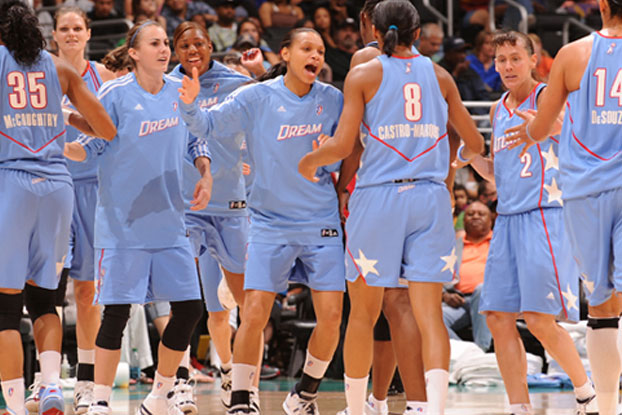The same variables used by the Cleveland Browns to pay Robert Griffin III a signing bonus of $3.5 million were also analyzed by an Emory University sophomore. And the student came within $77,000 of the projections made in the NFL team’s front office.
Sanjay Velappan arrived at this information and created a path to generate data, in part, because he’s a huge sports fan. He started by following the recent negotiations between the Seattle Seahawks and quarterback Russell Wilson.
“It got me thinking, ‘What do actual GMs focus on when they go to negotiation tables with these quarterbacks?,’” he said. “How are they giving him this much money; what are they actually valuing you at?”
With some assistance from Goizueta’s Manish Tripathi, an Assistant Professor in the Practice of Marketing, Velappan examined the value of quarterbacks from the perspective of a general manager negotiating a signing bonus. Because that’s the only money that’s truly guaranteed, Velappan decided his research would look at the true value of a quarterback at the time of signing. While the work was not done for a class project or academic grade, the effort by Velappan did not surprise Tripathi, who himself has taken an analytical approach to professional sports teams on subjects like how to generate higher attendance.
It was Velappan’s idea, but Tripathi said, “I helped him operationalize the problem, and provided model feedback.”
After Tripathi tweeted the research, a San Francisco 49ers salary cap analyst applauded the work and reminded Velappan there are multiple sections to a quarterback’s contract beyond the signing bonus. And, while front office personnel examine this in detail, it’s also valuable to the other side of the negotiating table.
“I think this research may be more beneficial for agents who are looking for a myriad of ways to argue for [quarterback] guaranteed money,” Tripathi said.
Velappan began with 30 variables related to on-the-field performance, but settled on key statistics such as fourth-quarter touchdowns, age, “ACT plays” where a quarterback makes a key contribution and interceptions. A human element entered the research when Velappan noted that — at the negotiating table — GMs tend to remember plays late in the game that help determine the outcome.
“So fourth-quarter touchdowns tend to be the most memorable plays,” he said. “Those tend to show how clutch the quarterback is or how well they perform under pressure. So it showed a really strong relationship between the value of the quarterback and how many fourth-quarter touchdowns they threw.”
Being a cut-throat league, conventional wisdom would normally mean that increasing age would be a negative. But Velappan found that GMs valued longevity and rewarded players who stayed in the league more than four years.
Along with the research that matched Griffin’s projected value, Velappan also found Washington quarterback Kirk Cousins did not have enough career data to warrant a long-term contract. That was also validated when the Washington front office gave Cousins a franchise tag, which delays the team’s long-term decision by locking the player into what is — in essence — a one-year deal.
“It feels good to know that another person, especially someone from an analytics background, seems to be using the same type of variable that I was using,” Velappan said.
Velappan’s next interest is looking at off-the-field information like social media presence and jersey sales to determine how it affects a player’s value.











